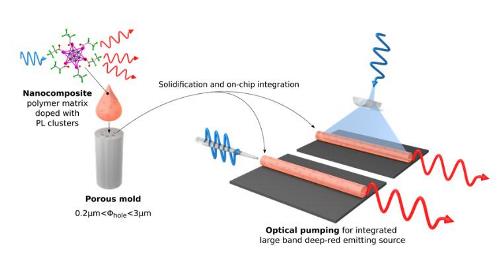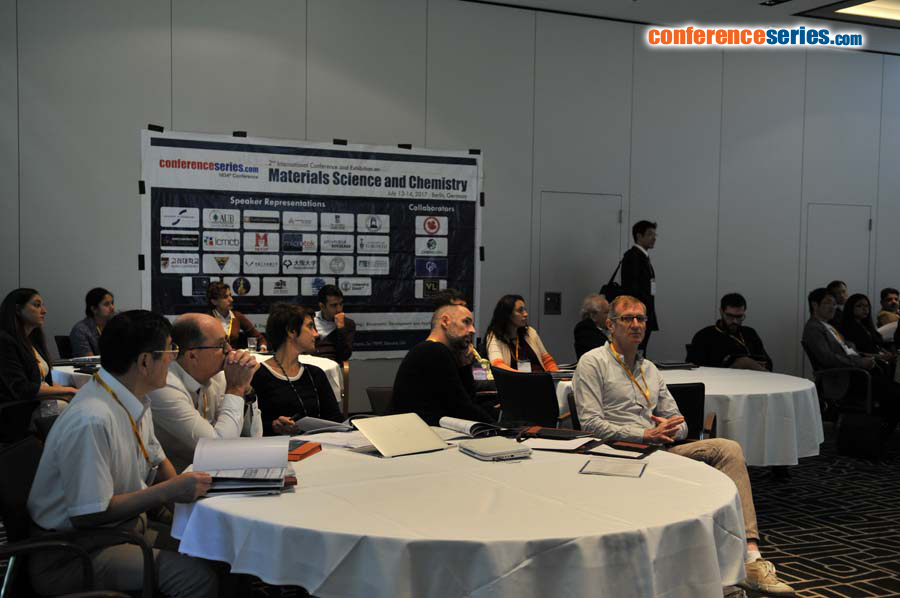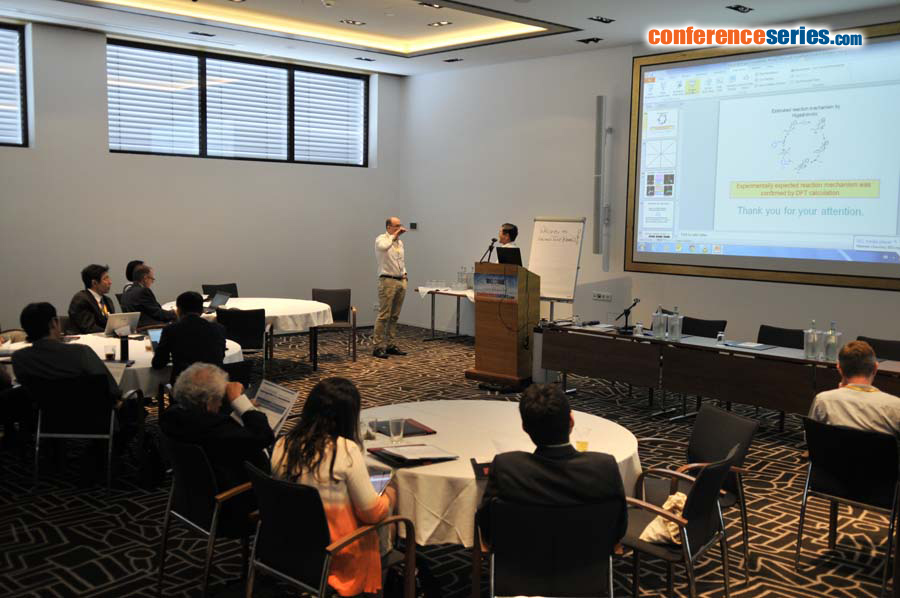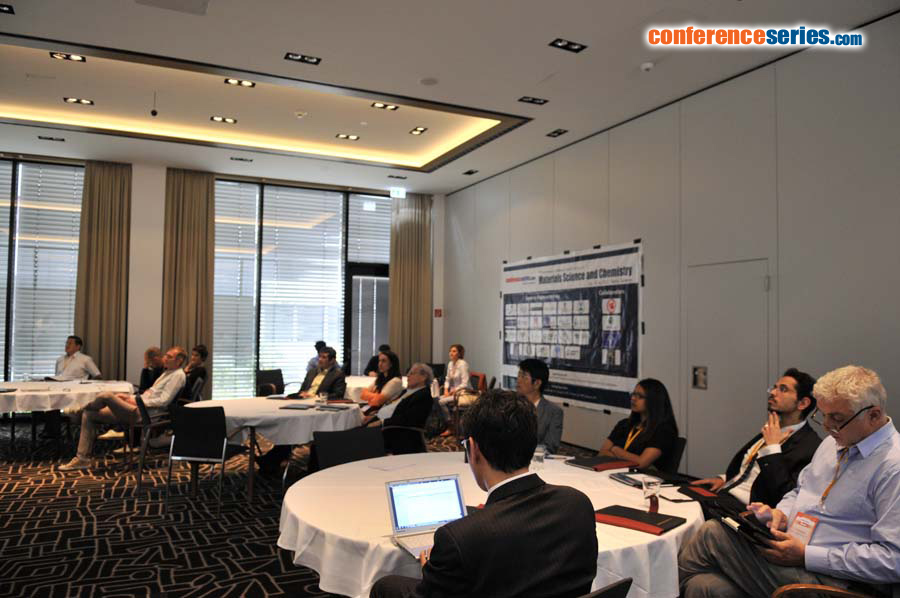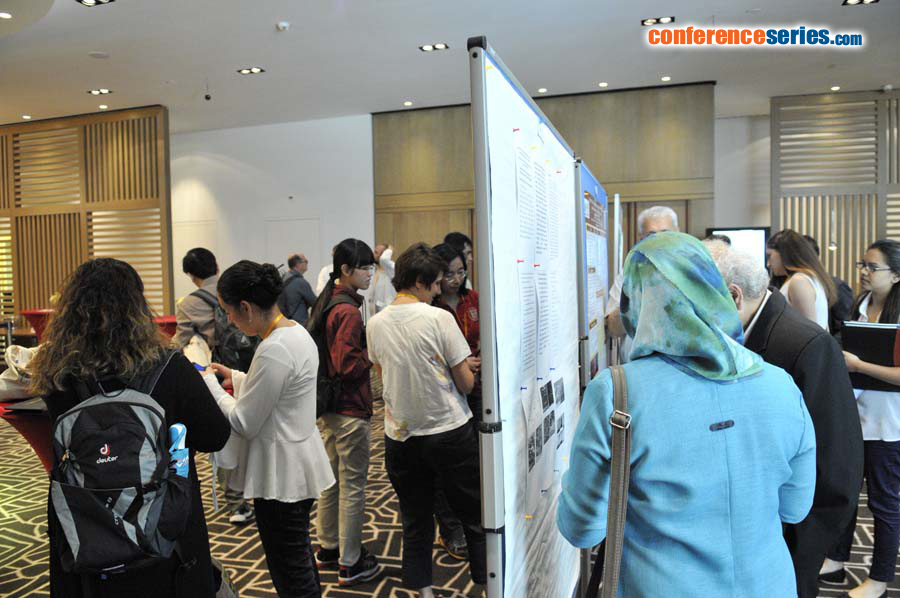
Stéphane Cordier
Institute of Chemical Sciences of Rennes, CNRS, France
Title: Inorganic metal atom clusters as phosphorescent dyes for the design of hybrid copolymers and nanomaterials
Biography
Biography: Stéphane Cordier
Abstract
Metal atom clusters are aggregates of metal atoms held together by metal-metal bonds. Mo6 octahedral clusters are stabilized by inner ligands (Li) in face-capping positions and apical ligands (La) in terminal positions to form [Mo6Li8La6]n- units. On one hand, the concept of [Mo6Li8La6]n- unit constitutes a useful virtual object to describe the crystal and electronic structures of cluster-based solid state compounds. On the other hand, the dissolution of solids affords discrete [Mo6Li8La6]n- units in solution that constitute real and handleable molecular objects with unique physico-structural properties usable as building blocks in the elaboration and structuration of molecular assemblies and nanomaterials. The delocalization of electrons on all the metal centers leads to specific physical properties as for instance luminescence and even photocatalytic properties. Optical properties of [Mo6Li8La6]2- octahedral cluster units are characterized by a large absorption window from UV to visible and a large emission window from 550 nm to the NIR region. Thus, such clusters can be used as red phosphorescent dyes for many potential applications including nanoparticles for bio-labeling, liquid crystals and luminescent nanocomposites for lighting and displays. Cs2Mo6Xi8Xa6 (X=Cl, Br and I) ternary compounds are prepared by solid state chemistry route at high temperature. Interestingly, these ceramics are soluble in many common solvent affording functional [Mo6Xi8Xa6]2- cluster units that can be further use as building blocks for the design of hybrid co-polymers. Cluster based hybrid co-polymers associate the mechanical and shaping properties of the organic matrices along with the phosphorescent properties of inorganic metallic clusters. We will present here (1) the origin of dual emission of Mo6 cluster based compounds and (2) several examples of potential applications of nanomaterials based on the incorporation of [Mo6Xi8La6]2- cluster units in organic polymers (i.e., oxygen sensors and optical waveguides).


